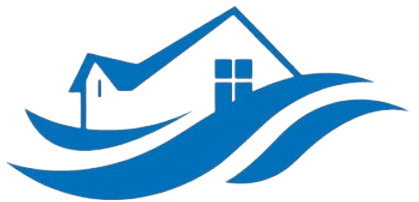Drywall Water Damage Restoration in Fuller Heights, Florida
Possible Causes of Water Damage to Drywall
Water damage to drywall in Fuller Heights often results from unexpected plumbing failures, such as burst pipes or leaking fixtures. Heavy rains or flooding can also lead to water seeping through cracks and causing damage to interior walls. Over time, even minor leaks can weaken drywall, promoting mold growth and structural deterioration.
Another common cause is appliance malfunctions, like faulty dishwashers or washing machines that leak onto walls. Additionally, roof leaks during storms can allow water to penetrate ceilings and walls, leading to significant drywall damage. Recognizing these causes early can help prevent extensive repairs and preserve the integrity of your home.
How Can We Fix That?
Our team begins by thoroughly assessing the affected drywall to determine the extent of water intrusion. We use advanced moisture detection technology to identify hidden dampness that may be behind the walls. This step ensures no damage is overlooked, allowing us to develop an effective restoration plan.
Next, we carefully remove and dispose of damaged drywall, preventing mold growth and further structural issues. Our experts then dry the wall cavities using industrial-grade dehumidifiers and high-speed air movers. This process speeds up evaporation and helps restore a healthy environment inside your home.
After removing moisture, we repair or replace drywall as needed, matching textures and finishes for a seamless look. We also provide preventive measures, such as sealing leaks and waterproofing vulnerable areas, to stop future incidents. Our goal is to restore your walls quickly and efficiently, minimizing disruption to your daily life.
Why Are We the Best in That Case?
Our team brings years of experience specializing in water damage restoration in Fuller Heights, Florida. We understand the local climate and common issues that cause drywall damage, allowing us to provide targeted and effective solutions. Our technicians are certified and trained in the latest restoration techniques to deliver reliable results.
We prioritize customer satisfaction by providing transparent assessments and detailed estimates upfront. Using state-of-the-art equipment, we ensure comprehensive moisture removal and mold prevention, safeguarding your health and property. Our commitment to quality makes us a trusted choice for drywall water damage restoration.
Time is critical when dealing with water-damaged drywall. Our rapid response team is available 24/7 at (888) 884-7150, ensuring we arrive promptly to minimize damage. We work efficiently to restore your walls and peace of mind, making sure your home feels safe and comfortable once again.
Frequently Asked Questions
How long does drywall water damage restoration take?
Restoration times vary depending on the extent of the damage. Minor issues may be resolved within a few days, while extensive repairs could take longer. Our team works quickly to restore your walls, minimizing inconvenience.
Can drywall be repaired after water damage, or does it need replacement?
In many cases, drywall can be restored if the damage is minimal and caught early. However, heavily soaked or mold-infested drywall often requires removal and replacement to ensure safety and long-lasting repairs.
How can I prevent future drywall water damage?
Regular maintenance of plumbing and appliances, along with prompt repairs to roof leaks, can significantly reduce the risk. Installing waterproof barriers and monitoring humidity levels also help protect your drywall from future damage.
Will I need mold remediation after water damage?
If mold appears or the water damage is extensive, professional mold remediation is recommended. Our team can evaluate the situation and provide comprehensive services to ensure mold does not pose health risks.
What should I do immediately after discovering drywall water damage?
Turn off the water source if possible and contact our experts at (888) 884-7150. Avoid touching or disturbing the affected area to prevent mold spread, and keep the area ventilated to promote drying. Prompt action minimizes repair costs and health risks.
